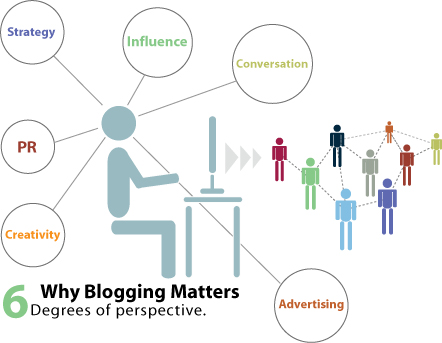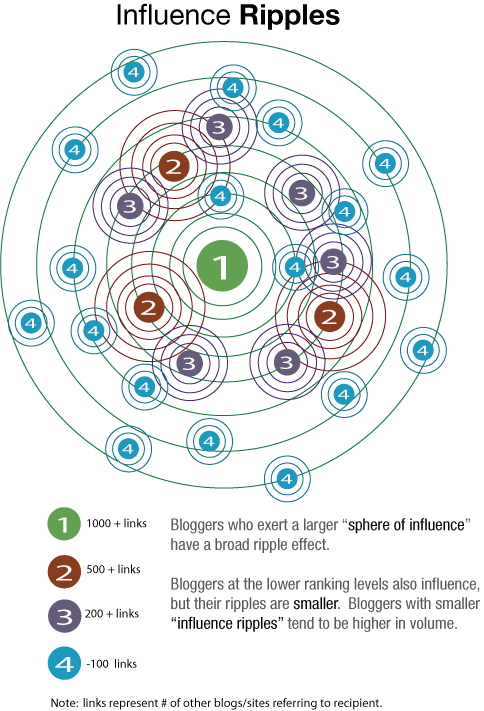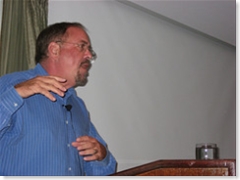 The session topic: Branding in the Age of YouTube. The speaker, Ben Edwards, Director of New Media Communications at IBM’s headquarters in Armonk, New York and one of the key players in developing IBM’s social media strategy.
The session topic: Branding in the Age of YouTube. The speaker, Ben Edwards, Director of New Media Communications at IBM’s headquarters in Armonk, New York and one of the key players in developing IBM’s social media strategy.
Ben Edwards began his presentation by announcing that he is an imposter – a print journalist (14 years in print journalism, nine years at the Economist). Both he and IBM are relatively new to publishing.
What is IBM New Media Communications?
It’s really all about skills, developing enterprise applications for social media from internal communications to media relations and marketing. Ben is focused on the enterprise. This is different from the set of challenges and questions encountered when deploying social media outside of the enterprise. There are IT requirements that make it more complicated. But on the other hand, once these are satisfied, deployment is much simpler as the software is known, trusted and standardized.
Ben believes that there is tremendous opportunity for enterprises to “destroy costs” by adopting social media. And innovation can be encouraged in this process.
Finally, Ben hopes to estabish IBM as a trusted resource for corporations adopting social media.
Blogging is being rapadly embraced inside of IBM. At this time, they have about 3,400 active blogs. Of course, it’s very time intensive. And there is also a bit of an echo chamber with bloggers talking about other bloggers. Ben hopes to counteract the echo chamber by bringing even more bloggers online.
They have a podcasting pilot that has grown to 180,000 monthly downloads in less than 12 months in existence.
Since the beginning of the year, Wiki use has skyrocketed. There are now more than 70,000 users of Wikis within IBM. Ben himself uses four different Wikis.
The rise of social media heralds the advent of a new commuications paradigm. Social media represents a new way of communicating that will become the dominant way of communicating.
Social media are not about the technology.
Social media should not be thought of as new “channels” for distributing existing content and messages. That’s a very impoverished way of thinking about these technologies. They are fundamentally different with different economics, different expectations and different conventions.
The new communications paradigm:
- Publisher: In mass media, we had professional publishing. In social media, we have self-publishing.
- Economics: For mass media, costs were high. Social media costs are low.
- Audience: Mass media pursued a mass audiecne. Social media appeals to niche audiences.
- Engagement: Mass media was passive. Social media calls for active involvement of readers.
- Voice: Mass media gave voice to institutions. Social media gives voice to the individual.
- Communications: Traditional mass media institutionalized publishers as power centres. Social media enables everyone to publish.
- Marketing: Mass media relied upon advertising. Social media attracts readers on the value of the publishing – the quality of the ideas.
Brands began life in consumer products as a symbol of quality (think Campbell Soup). By the 1960s and 1970s, brands began morphing into symbols of consumer identity (think VW Beatle, Marlborough Man). By the late 1960s, many brands were marketed on emotional attributes.
More recently, brands have become symbols of our social aspirations (BP – beyond petroleum; GE – ecomagination; IBM – innovation that matters.)
The prevailing orthodoxy of social media is that they will transfer control of the brand from the corporation to the consumer (Steve Rubel.)
Ben Edwards argues that corporations lost control of their brands the moment they became symbols of emotions and aspirations. There is a lot of volatility in brands. We punish them mervilessly. We fall quickly into and out of love with brands. When they no longer do things for us, wear the clothes we want, project the image we want, we punish them.
Since 2000, brand disasters include Gap, Sony, Kodak and Ford, each losing between 30% (Gap) and 70% (Ford) of their brand value.
As brands engage with social issues, brand insecurity may be worsening. Look at Merck or bp. Each is seeing their brand value destroyed by controversies around business practices and ethics – things that do not related directly to the quality of the product.
What has changed between us and them?
- They can create and share the brand themselves.
In the mass media world, the brand image was shaped through mass media and advertising. In the social media world, audiences of all kinds discover communities of interest and publish the brand to each other.
Look at brands on YouTube. People mash them up. They mock them. They celebrate them. They make the brands perform strange and unnatural acts (Coke and Mentos.)
And it’s not just happening on YouTube. It’s happening all over the Web. Technorati. myspace. orkut. flickr. circuitcity (customer reviews on its site).
- We can listen better.
With mass media, corporations would push out their messages and feedback would be throttled through mass media gatekeepers. With social media, there are an unlimited number of consumer feedback points.
- We can create and share the brand with them.
With mass media, corporations attempted to dictate brand image through massive advertising. With social media, corporations may influence brand by inviting the audience to create and share the brand with them. Ford’s bold moves campaign is an attempt to do this.
Brands are at their strongest and healthiest when they speak about us and the people behind us. Social media allow us to open ourselves to the world.
Finally, Ben laid our an agenda for change:
- Don’t try to segment your audience. Nurture a brand which employees, customers and all constituencies can relate to, emotionally and intellectually.
- Provide emploees with the measn to tell their own stories about the brand and in their own words. (Look at the difference between Southwest Airline and JetBlue.)
- Listen. Listen to what employees are saying about the brand. Listen to what customers, partners, suppliers and shareholders are saying about the brand.
- See the first bullet.
- Where there is potential for a positive outcome, engage to influence.


 But I do. I’ve always been faithful to Air Canada and Aeroplan.
But I do. I’ve always been faithful to Air Canada and Aeroplan.
 I’ve only recently discovered
I’ve only recently discovered  Dan Greenfield’s
Dan Greenfield’s 

 Hot on the heels of successful CaseCamps in Toronto, Montreal and Vancouver, the first
Hot on the heels of successful CaseCamps in Toronto, Montreal and Vancouver, the first  CaseCamp is the brainchild of
CaseCamp is the brainchild of 

 Shel Israel
Shel Israel



